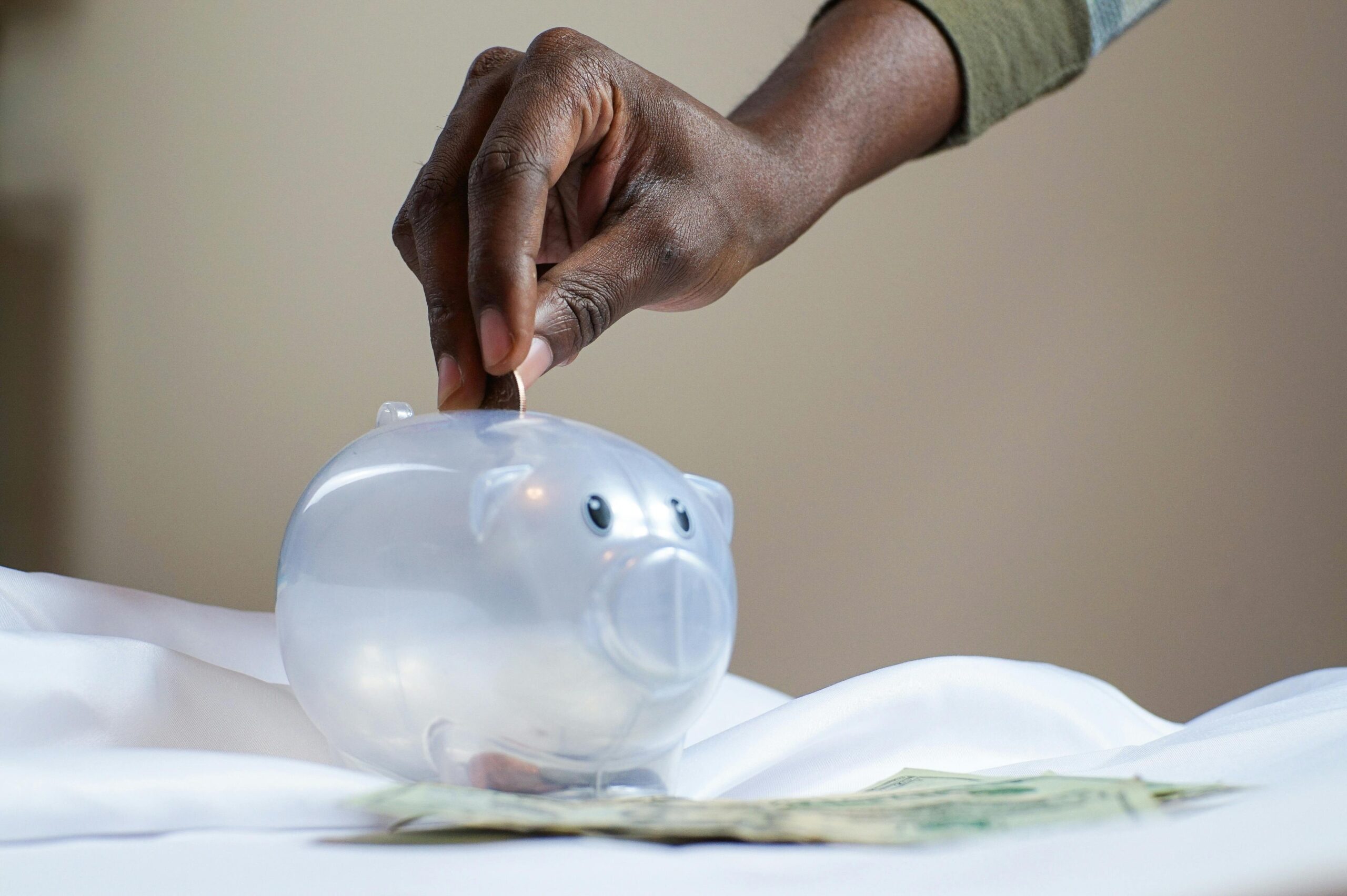The sabzi was delicious — new potatoes gently bathed in onion-garlic flavored oil lifted by ultra-fresh curry leaves and silvers of green chili, slightly sweet and nutty. I started absent-mindedly, mesmerized by just how much a great cook can coax out of the most mundane ingredients, and realized too late that with my easy hand with the sabzi, I would have to chew through several unadorned chapatis. Fortunately, the train stopped just then, I ran out promising to come back with some nice guavas, and threw the rest of the chapatis under the train, praying that he was not looking. More than 40 years later, I can still recall just how stupid that felt.
He was Maharashtrian. I am half Maharashtrian, but brought up in a Bengali eating culture, where starch is a much more minor player. Bengalis, the stereo-type goes, are extravagant eaters, which is why they never get rich.
There is something to it of course — a 24-hour trip for us involved many tiffin carriers — some filled with delectable dry dum alu dusted with bhaja mosh-masala, roasted saunf, jeera, and methi ground together. Others with melt-in-the-mouth shami kebabs with a whiff of nutmeg and mace, many, many puris made with the right mixture of atta and maida to keep them soft, and, of course, mishti, chosen carefully to survive the voyage. We looked down upon the Tamil families who ate the same curd rice and pickle multiple times — it was only many years later that I discovered the magic of curd rice, the ongoing fermentation that subtly transforms the taste from meal to meal.
There is a long tradition in economics of thinking of wealth as a reward for frugality; the very influential 19th-century English theorist, Nassau Senior, made it the centerpiece of his celebration of the wealthy capitalist. In fact, to this day, economists tend to think of the decision to accumulate wealth as a choice between current and future consumption, which creates a certain false symmetry between the rich and the poor. The fact that the rich save a larger proportion of their income then gets ascribed to ‘better’ preferences/culture.
And yet, think of the mercurial Elon Musk. His pay package from Tesla, which is currently in dispute, is $56 billion. To consume that amount in a year, he would have to spend 150 million dollars a day, which is more than Rs 1,250 crore. How does anyone do that? There is no way to get there even by buying expensive houses — when would one have the time to pick out several mansions a day? What choice does such a person have but to organize trips to Mars or invest the money to get even richer (unless they happen to be so hungry for power over the lives of others that they blow some billions on Twitter?)
Unlike Mr Musk, most people do need to make meaningful choices, but even then, abstinence has to be easier if you are rich enough not to lack anything essential. When you don’t have to decide between say, the health of your parents and the education of your children. It is true that choosing both and, therefore, ending up in debt does not in the end serve the poor person, but it does postpone the horrible moment when she has to deny one or the other.
Even when the choices are not quite so dire, a person trying to save is constantly bombarded with options that they must resist. A child has to be told that the luminous pink kulfi will need to wait till next week; the chili pakora calling from across the street has to be left unanswered; dinner will have to be soybeans instead of the delicious moth dal she makes, until dal prices come down to earth.
For a poor person who wants to save, each day is a battlefield — the temptation to give in just this once an indulge in a biryani meal or a nice party for the neighbors must be strong. But when they do, it is back to square one. Maybe it is just easier to not even try…
For those of us in the middle classes, the choices can still be hard. Yet, there is comfort in knowing that there is some slack, that small indulgences will not upset the big plans, that there can be days when it is too hot or busy to cook but that delicious home-delivered Hyderabadi biryani won’t break the bank.
But even if someone is able to overcome these psychological challenges, the basic economics of saving is also tilted against the poor. The most attractive way to invest your savings is to put it in the stock market, but that’s only open to those who have enough to put in.
For the less affluent, the obvious option is putting the money in the bank, and pressure from the government seems to have made that much easier in India. There are more than 50 crore Jan Dhan accounts now, and there is even a significant amount of cash in them. But for an account with less than Rs 10 lakhs in it, the interest rate is usually way below the inflation rate. If you are poor, what little you get in interest (or maybe more) you lose to inflation.
This is probably why real estate and gold, usually in the form of ornaments, loom so large in the savings plans of the average Indian (ever wonder why there is a jewellery store around every corner?) Unfortunately, over the last decade, neither has been a great money-maker, with returns that have struggled to stay above the inflation rate.
Of course, the fact that it is harder for the poor to save does not rule out a role for culture or preferences. Almost all the Marwari and Gujarati boys at school with us talked of studying commerce and going into business, and most did. Among the Bengalis, many dreamt of being a doctor or an engineer, but most would have settled for a bank officer or a bureaucrat’s job. It is worth saying that this was our generation — today’s young may be more adventurous. Moreover, we were well-educated kids from families that were able to support us till that job arrived. Those less favored might have had no choice but to start something, a shop or stall, just to survive.
On the other hand, our Gujarati-Marwari friends also came from comfortably off families. But they went a different way. I am sure social cues played a role here: they heard their parents talking about the cousin who already has a few crores, and quietly resolved to do better, saved hard and worked long, and stressed about whether they were stressed about whether they were actually making it. We bought fat books to help us prepare for those competitive exams that guarded the way to the desired jobs and wrote bad poetry in our spare time. Because that too was what was expected of us.
These norms have a way of being self-reinforcing. My western Indian friends all knew someone who was in business; a parent or an uncle who would show them the ropes and help them plan their foray, and maybe even fund the startup. We Bengalis knew very few people like that, which made it seem much more foolhardy to go that way.
I don’t have the statistics to say this, but I would be surprised if the Gujarati-Marwari contingent did not end up much wealthier than their Bengali classmates. But I also suspect my now 60-plus Bengali classmates pay no attention to those potentially discomfiting numbers. Most of them probably had a comfortable enough life, and found their own, probably quite Bengali, way of being happy without thinking too hard about money. They dreamt instead, I imagine, of long holidays with their extended families and friends, extended train trips with many tiffin carriers, shami kebabs and ghugni, sandwiches, and sandesh, keema curry and stuffed parathas, quick runs to pakora sellers or jhal-muri vendors while the train was at the station, antakshari in the evening and silly jokes through the day.





